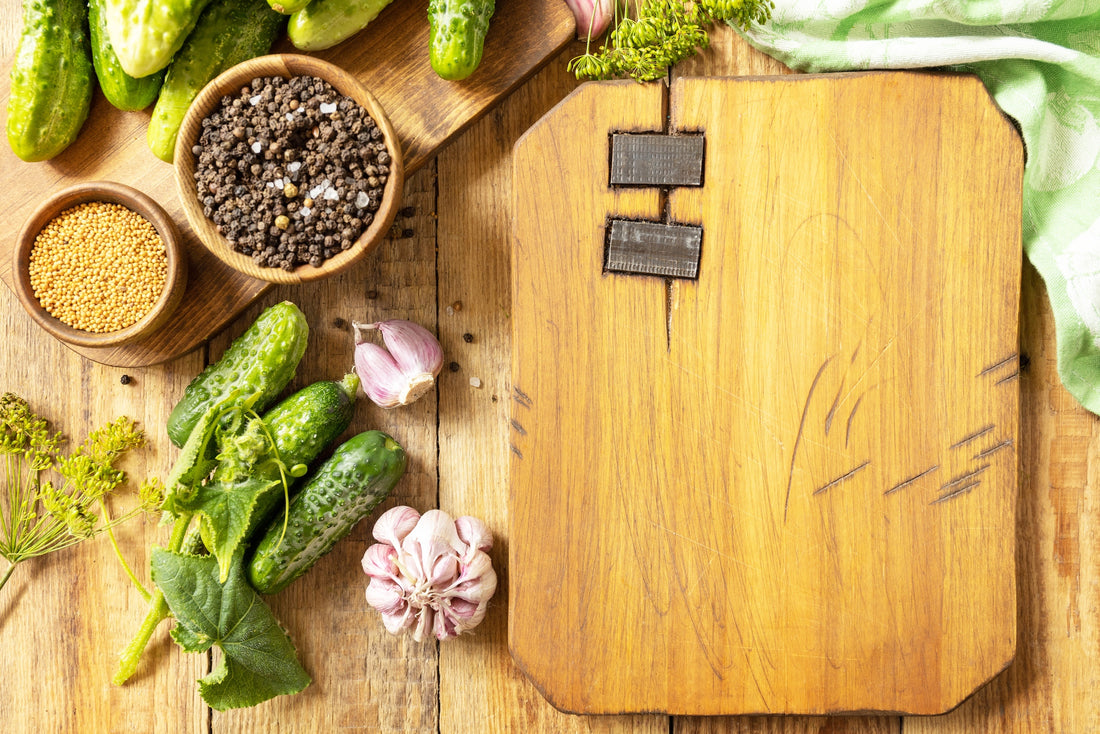
The Hidden Dangers of Cheap Cutting Boards
When choosing a cutting board, many people focus solely on appearance or price. But what if we told you that the wrong cutting board could be putting your health—and your meals—at risk? Cheap, poorly made cutting boards may seem like a good deal at first, but they can lead to a host of problems over time.
Why Quality Matters
Low-cost cutting boards are often made from mixed, lower-grade timber that lacks durability. These materials are prone to cracking, warping, and delaminating due to uneven drying or poor construction. Delamination happens when layers of wood or joints begin to separate, leaving cracks and gaps where bacteria can hide and grow.
Health Risks
Cracked boards and knife scars create perfect environments for bacteria like E. Coli, Salmonella, and Listeria to thrive. These harmful bacteria can transfer from the board to your food, making your meals unsafe. Unfortunately, most cheap cutting boards aren’t treated with any antibacterial protection, so within a few months of use, they become a breeding ground for dangerous microbes.
Long-Term Costs
Though cheaper cutting boards may save you a few dollars upfront, they’ll cost you more in the long run. Frequent replacements, food safety risks, and the hassle of dealing with cracked or warped boards are all consequences of cutting corners on quality.
The Wahlch Difference
At Wahlch, we use sustainably sourced, high-quality American cherry and walnut wood to create cutting boards that are built to last. Each board is meticulously crafted to prevent delamination, cracks, and bacterial contamination, offering you a safer, more durable kitchen tool.
Invest in a cutting board that keeps you and your family safe—choose Wahlch.

